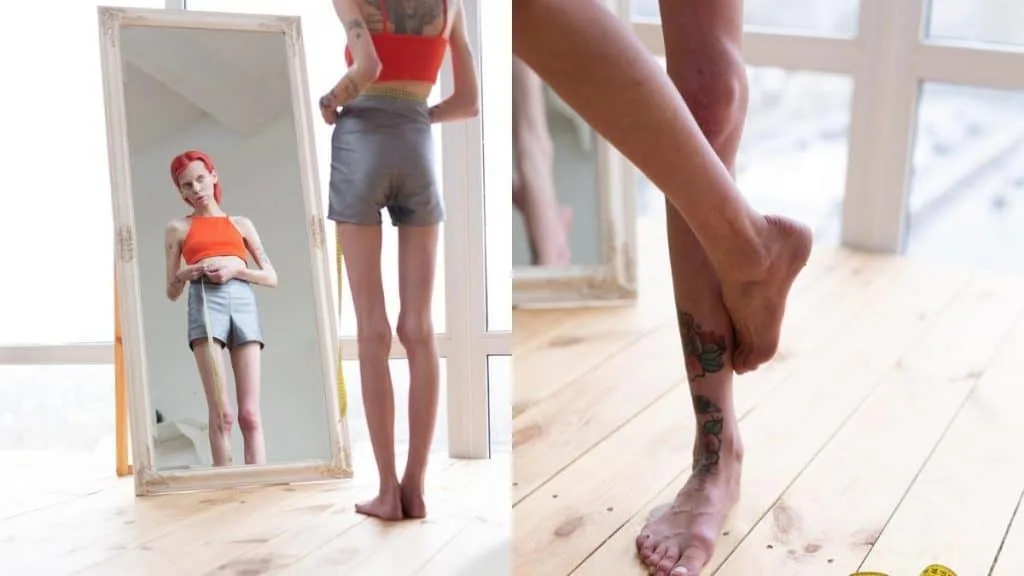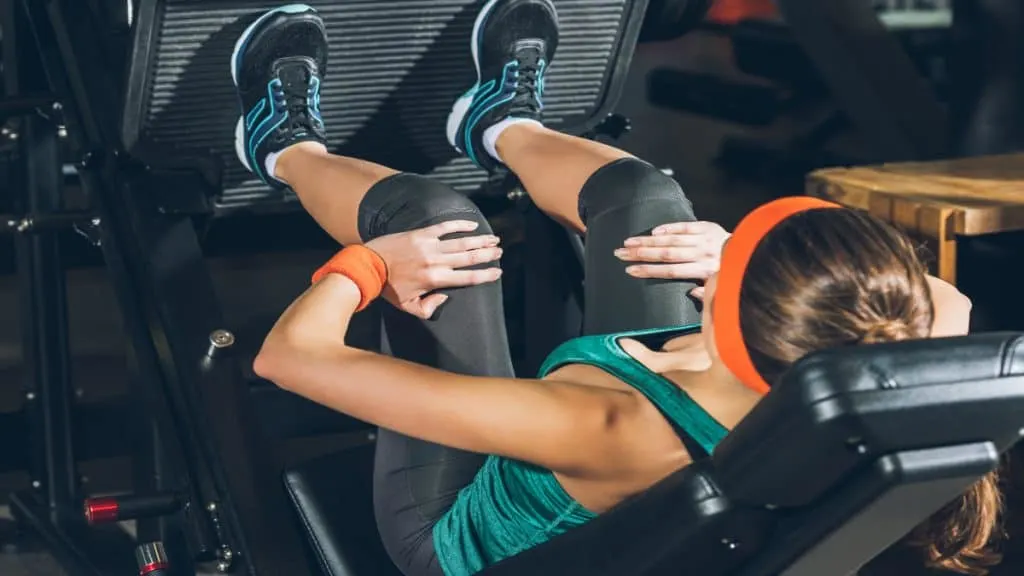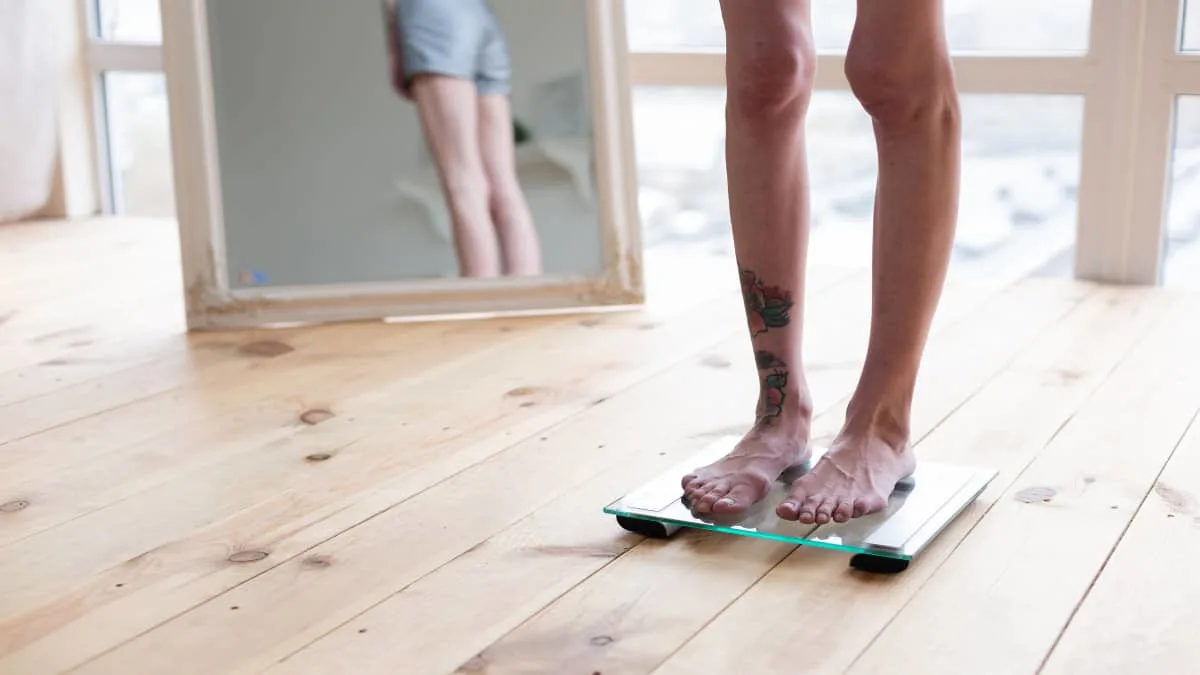9 inches, 10 inches, and 11 inches are all well below average in terms of calf girth. But is that a bad thing?
If the size of your calves is indicative of you being underweight, then it’s bad.
However, if you’re of a healthy body weight and just so happen to have genetically skinny calves, then you don’t have anything to be worried about (although 9 inch calves are very small indeed).
This guide will also show you how to grow your calves naturally if you’d like to make them bigger.
See How Your Calves Compare:
Are 10 inch calves too small?

Yes, 10 inch calves are very small. In fact, they’re around 5.5 inches smaller than average for men and women alike!
Even when you see someone with small lower legs, it’s unlikely that their calves are actually 10 inches.
The only adults (many children have 10 inch calves at various stages of their development, and that’s not a problem) who have 10 inch calves are those with anorexia. [1] So if you’re suffering from body image issues, then you should definitely seek help and talk to a medical professional.
How about 11 inch calves?

11 inch calves are definitely a lot smaller than normal. However, they aren’t necessarily too small, providing that you’re of a healthy body weight.
A number of people (mainly women) have 11 inch upper arms. So considering that the arms and calves are often similarly sized, having 11 inch calves isn’t necessarily a bad thing.
The main reason that many people have bigger calves than arms is that their calves have to perform more work (namely, carrying their body around) on a daily basis.
Of course, for a muscle that’s so active, 11 inches is a very small circumference measurement indeed. Yet, if you’re a female with a slim build and a relatively low body fat level, then it’s possible that you’ll naturally have 11″ calves.
How can you increase your 10 and 11 inch calves?

Resistance training is the most effective way to stimulate calf growth. But you needn’t go to the gym to train your calves.
Using a step at home, you can effectively grow your calves by using your body weight as resistance during standing calf raises.
Yes, your calves are already used to carrying your body around for prolonged periods of time, but not in the way that they have to during calf raises.
Eating in a small calorie surplus and consuming enough protein will also make it easier to build your calves beyond the 11 inch mark.
There’s no need to stuff your face, but slowly increasing your body weight by eating a bit more will give your calves the fuel that they need to accumulate lean muscle mass.
Conclusion: Should you be worried about having 10 and 11 inch calves?

Having 10 inch calves and 11 inch calves isn’t a problem of aesthetics, but it could be a problem if it’s indicative of health issues such as you being underweight.
Additionally, elderly people may have 11″ calves due to age-related muscle loss.
Proven lifestyle changes such as the implementation of a resistance training program and a healthier diet can help you to gain lean muscle and make your calves stronger.
References
- Hosseini SA, Padhy RK. Body Image Distortion. [Updated 2021 Sep 9]. In: StatPearls [Internet]. Treasure Island (FL): StatPearls Publishing; 2022 Jan-. Available from: https://www.ncbi.nlm.nih.gov/books/NBK546582/
- What Is My BMI? (2021, November 24). Centers for Disease Control and Prevention. https://www.cdc.gov/healthyweight/assessing/bmi/adult_bmi/english_bmi_calculator/bmi_calculator.html

